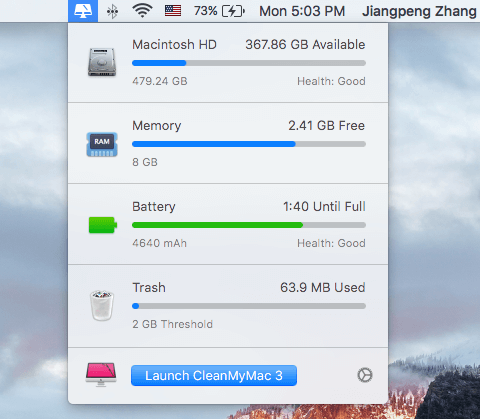
In order to check which profile will activate a certain build, we can use the Maven help plugin: mvn help:active-profiles file: activates the profile if a given filename exists or is missing.property: activates the profile if Maven detects a specific property value.os: activates based on operating system properties.jdk: activates based on the JDK version specified (ranges are supported).There are four possible activators and not all of them need to be specified: Consequently, profile activation occurs when all specified criteria are met: We can specify those circumstances using the activation element. We can use profiles to modify certain values only under given circumstances. The XML also allows us to use placeholders to pick up credentials from environment variables. We should note that the ID of the server in the settings.xml needs to match the ID element of the repository mentioned in the pom.xml. Instead, we define this secure information in the settings.xml file: However, we shouldn't put security settings, such as credentials, into our source code repository with the pom.xml. Plugin Groupsĭefining repositories in the project pom.xml is a good practice.

This defaults to false however, we can switch it to true in cases where the build servers cannot connect to a remote repository. The offline flag determines if the build system may operate in offline mode. The interactiveMode flag defines if we allow Maven to interact with the user asking for input. However, we could change it to allow all logged-in users to build from a common local repository. The default is to use the user's home directory. The local repository is where all the dependencies from our projects get cached. The localRepository element points to the path of the system’s local repository. Some of the top-level configuration elements contain simple values:


 0 kommentar(er)
0 kommentar(er)
